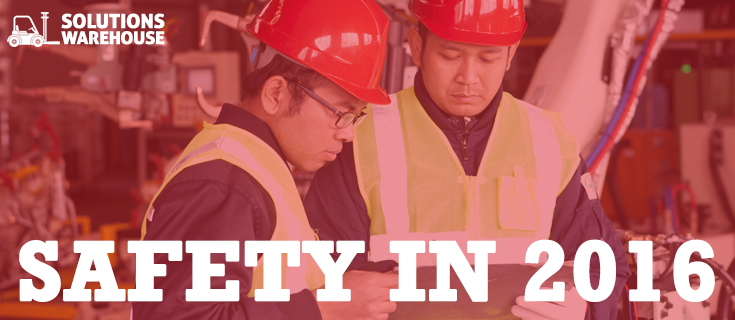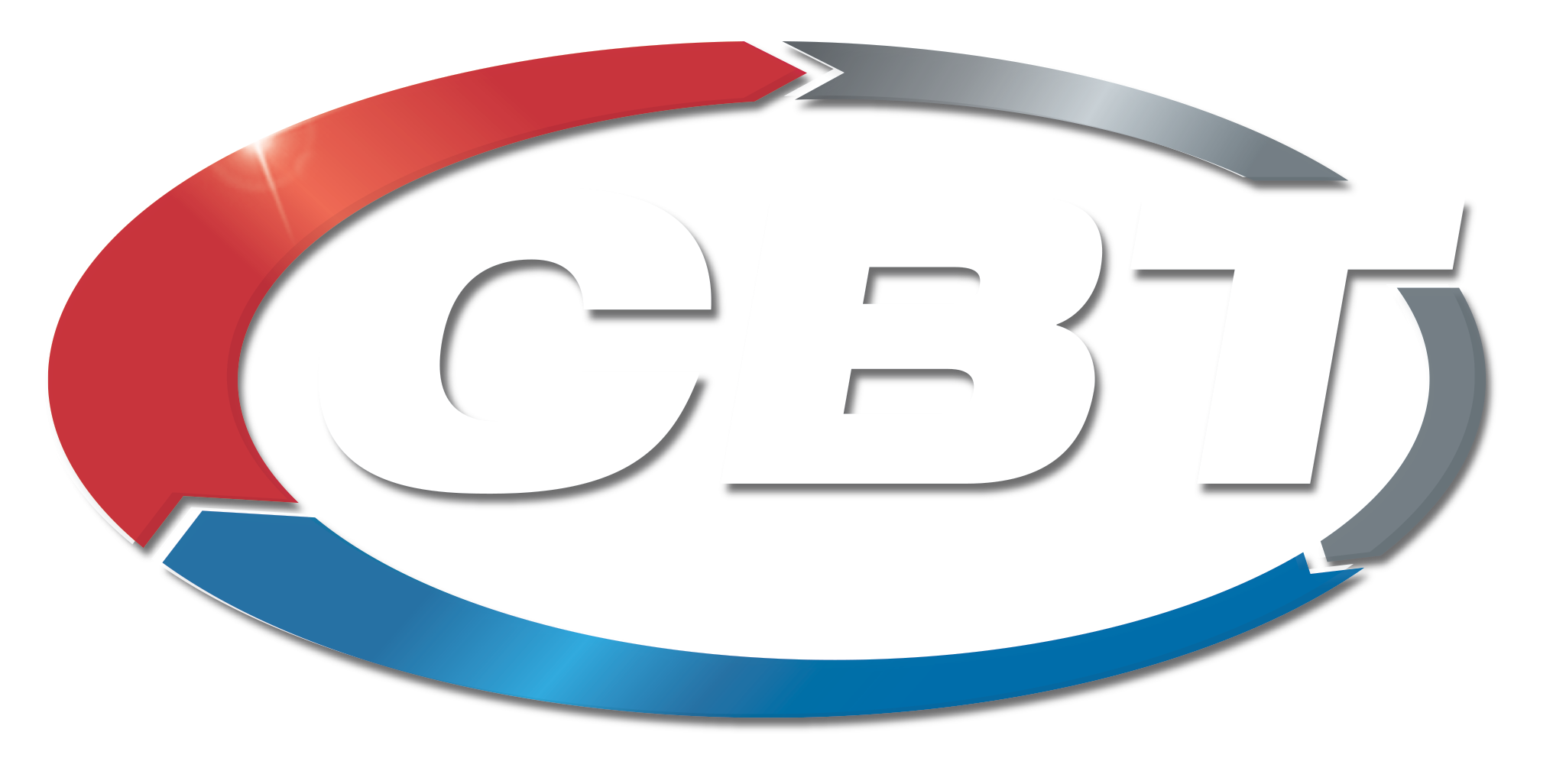 Safety equates to tremendous value for both OEMs and end users. That’s the position held by Eric Hendrickson, engineering manager for Bevcorp, an Ohio-based rotary filler and labeling machine builder. However, the true value of safety can only be realized if OEMs aim higher than the minimum requirements. “Compliance alone won’t necessarily add value,” Hendrickson said. “Compliance is the minimum. You have to understand the responsibility between the end user and the OEM, conduct effective risk assessments, and use accepted methodologies.” In the past, industry made its own decisions on how to protect machines and workers, Hendrickson said. Companies could choose to meet the bare-minimum compliance levels, or go beyond to provide more advanced safety equipment. But safety standards have evolved and are evolving further. Hendrickson advises his fellow OEMs to embrace the more stringent standards. A new global safety standard could be in place as early this year, and compliance with the more streamlined standard could be easier than previous standard transitions. For their efforts, OEMs can expect to see a lower frequency of accidents and more business growth. They can also focus on providing innovative safety solutions and becoming more competitive globally.
Safety equates to tremendous value for both OEMs and end users. That’s the position held by Eric Hendrickson, engineering manager for Bevcorp, an Ohio-based rotary filler and labeling machine builder. However, the true value of safety can only be realized if OEMs aim higher than the minimum requirements. “Compliance alone won’t necessarily add value,” Hendrickson said. “Compliance is the minimum. You have to understand the responsibility between the end user and the OEM, conduct effective risk assessments, and use accepted methodologies.” In the past, industry made its own decisions on how to protect machines and workers, Hendrickson said. Companies could choose to meet the bare-minimum compliance levels, or go beyond to provide more advanced safety equipment. But safety standards have evolved and are evolving further. Hendrickson advises his fellow OEMs to embrace the more stringent standards. A new global safety standard could be in place as early this year, and compliance with the more streamlined standard could be easier than previous standard transitions. For their efforts, OEMs can expect to see a lower frequency of accidents and more business growth. They can also focus on providing innovative safety solutions and becoming more competitive globally.
How To Prepare For New Safety Standards In 2016
It wasn’t long ago that the manufacturing industry moved from the relatively simple machinery safety categories in EN 954 to the more complex performance level (PL) model in ISO 13849 and safety integrity level (SIL) model in IEC 62061. While the complexity of these new standards have frustrated some in the industry, they ultimately have benefited manufacturers through their support of new programmable safety technologies that help meet safety requirements while also enhancing productivity. However, the transition is not yet complete. Work has now begun to merge ISO 13849 and IEC 62061. The joining of the two standards aims to remove the difficulties currently faced between the two different standards. The new combined global standard, which will be known as IEC/ISO 17305, is expected to take effect in 2016. Because the standards organizations may need additional time to finalize it, a more realistic target date for completion could be 2018. Some OEMs, especially those located outside of the European Union, might question the need and relevance of the merger. Understandably, they will wonder if the potential gains justify climbing what might appear to be another standards mountain. But OEMs should be optimistic and see the merger as an opportunity for clarification and simplification. It is also a chance to solve a number of known issues, such as the provision of reliability data. Preparing now is easier than OEMs might think. It will help them build safer, higher-performing and internationally competitive machinery while also helping take costs out of the multinational safety-compliance process.
Combining The Best Of Both
The merger creating what will become IEC/ISO 17305 signals the summit in terms of challenges related to global machinery safety standards. The basic methodology and essential requirements introduced in ISO 13849 and IEC 62061 shouldn’t require significant alterations. Unifying them should simply combine the best achievements from both, creating a single, more user-friendly standard. Indeed it is the intent that the merged standard will be retrospectively compatible with ISO 13849 and IEC 62061. OEMs likely will find that having navigated the previous safety-standard migration was a useful preparation to adopting IEC/ISO 17305. Those that made the move from EN 954 to ISO 13849 will find the next transition to be a more manageable leap. They can leverage any lessons learned from continued use of the existing standards to streamline their transition to conformity with IEC/ISO 17305. Growing worldwide adoption of ISO 13849 and IEC 62061 is driven by the increasingly sophisticated safety automation technology. The new generation of complex electronic and programmable safety automation technology exceeds the ability of the relatively simple and semiprescriptive EN 954 standard, which essentially provided guidance on control system structure. The two standards’ more rigorous documentation requirements combined with a quantitative calculation for assessing reliability did result in more complexity for OEMs. However, those types of trade-ups resulted in a methodical approach that’s helping OEMs develop safer machinery with more predictable performance, greater reliability and availability, and improved return on investment.
All Indicators “Go”
It’s becoming harder for OEMs to justify a wait-and-see position on IEC/ISO 17305. The IEC/ISO 17305 drafting process already has started, and the first committee draft for comment should be available this year. Other leading indicators for a single global safety standard include:
- ISO and IEC are relevant to U.S. machinery and equipment building. One particularly compelling, mainstream precedent that exists on this topic is ISO 12100 – a basic safety standard providing a best-practice framework to identify risk and eliminate hazards during the design stage. It demonstrates that what have been perceived as “European standards” are truly international. Not only is ISO 12100 a consensus standard in the U.S., but some of its major influences are provided by U.S. OEMs, machinery users and safety device manufacturers.
- Many regional standards already have provisions in common with the equivalent ISO and IEC versions. An increasing number of regions around the world are adopting ISO and IEC standards as national standards. Consider a U.S. manufacturer selling to China and the European Union, or a China-based company exporting to the U.S. The different standards that come into play – from UL and ANSI to EN and GB – might appear to be silo-creating guidelines that complicate life for global exporters and importers alike. However, current standards often are similar – sometimes up to 90 percent similar from one to the next. What are the most frequent commonalities? Predictably, they share significant elements with ISO and IEC standards.
- There’s no going back based on complexity and data demands. Today’s safety function often isn’t a simple case of switching off the power. Safety-capable logic that enables intelligent safety operations is only one example of the flexible, advanced functionality requiring greater provisions against mistakes and faults. The increased complexity and requirements for reliability calculations have created some understandable frustrations, not the least of which has been a lack of data. In many cases, however, this issue has been resolved.
There’s no benefit to delay, hoping that the complexity will disappear – it won’t. Understanding the existing ISO 13849 and IEC 62061 will enable easier transition to IEC/ISO 17305.
Clarify And Simplify
The bottom line: Global trade means global standards. The IEC/ISO 17305 is scheduled to publish by 2016. The time between now and then is best spent getting familiar with ISO 13849 and IEC 62061, as organizations familiar with the two standards will be more comfortable with what’s in the unified standard. The merger process won’t introduce any significantly different requirements. Rather, it will clarify the requirements. Industry is simply steering a course toward an optimized, global-reaching standard that will help OEMs build safer, more competitive machinery.












